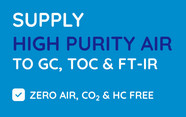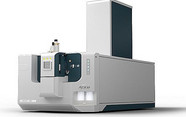Laser-diffraction particle sizing pays dividends for wet-process monitoring

contributed by Malvern Panalytical |
Sophisticated mathematics extend the range of concentrations over which measurement is feasible
The array of emulsions, suspensions and slurries for which particle size is a defining characteristic creates demand for flexible particle-sizing technology, not just for laboratory use, but also for continuous monitoring. Laser diffraction is one such technology.
With a proven track record in numerous wet applications, laser diffraction delivers continuous measurements that bring substantial commercial advantage — from instant upset detection and effective troubleshooting to enhanced and automated process control.
Operations improved by continuous particle-size analysis include emulsification, milling and flocculation. For these processes, particle size defines acceptability in the product or operation. Gathering particle-size information at a sufficiently high frequency to ensure precise control pays dividends. Data supports the highest levels of product quality, but also are a platform for minimizing variable costs.
Emulsion droplet size
Expert application of emulsification allows the food industry to deliver products from cream liqueurs to mayonnaise. In food products, the droplet size of the dispersed phase impacts critical factors including:
- Flavor-release profile
- Mouth feel
- Stability (the propensity to separate out or “cream”)
- Color
Further, emulsion droplet size affects its structural characteristics and “whippability,” the ease with which the product holds air, vital in products such as ice cream. The production of finer droplets requires more energy, making it more economical to work near the upper limit of acceptable specification.
Log in or register to read this article in full and gain access to The Analytical Scientist’s entire content archive. It’s FREE!

















